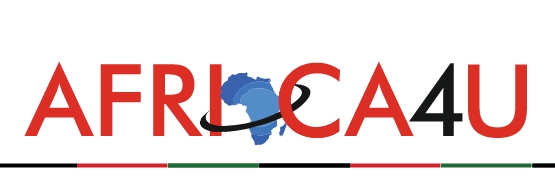Foreign investment flow into Africa is witnessing a directional change. So far , Nigeria and South Africa were the preferred investment destinations .However, with the prolonged economic and political turbulence in these countries, East African countries are emerging as winners attracting foreign investors and large consumer companies.
Hit hard by fall in global commodity prices Nigerian and South African economies in 2016 recorded a growth rate below 2%.At the same time, East African countries’ led by Ethiopia, Kenya, Tanzania and Rwanda enjoyed growth rates not less than 5%. In 2017,East Africa became the fastest-growing sub-region in Africa, with an estimated growth of 5.6 percent, further up from 4.9 percent in 2016. Growth is expected to remain buoyant, reaching 5.9 percent in 2018 and 6.1 percent in 2019. Strong growth is widespread in East Africa, with many countries (Djibouti, Ethiopia, Kenya, Rwanda, Tanzania and Uganda) growing 5 percent or more. According to an African Development Bank report, the industrial sector contributed about 39 percent of the region’s average real GDP growth in 2017.
This positive trends in East Africa’s economic growth, led to investor confidence, Coca-Cola Beverages Africa (CCBA), the continent’s largest soft drinks bottler, recently announced its decision to invest $100 million in Kenya over the next five years to improve infrastructure and launch new products. Earlier in May 2018, the company had also launched a $69 million new juice line at its Nairobi plant, one of its four bottling plants in Kenya.
Within sub-Saharan Africa, East African countries—especially Ethiopia and Kenya, and to a lesser extent Uganda and Tanzania — have seen an increase in investments from consumer goods’ companies. The region’s positive economic growth, political stability, an improved regulatory environment and a big market of over 120 million people are attracting them.
A major driver of the growth is household consumption. According to the report by the African development bank, household consumption contribution to Gross Domestic Product (GDP) is about 88 percentage in Kenya and about 80 percentage in Ethiopia. Ethiopia’s investments in Special Economic Zones (SEZ) are substantial. Adequate supply of land, water, electricity and other infrastructures in industrial parks and SEzs is another reason for investors flocking to this region.
Countries like Kenya, Ethiopia and Tanzania also enjoy competitive labour costs. However, these economies have their own set of challenges. Some of the common challenges faced in these countries include inadequate infrastructure, cumbersome customs processes, a dearth of technical and managerial talent, and low levels of social and environmental compliance. Nevertheless, it is encouraging to note that East Africa has embarked on the road to economic Progress.





